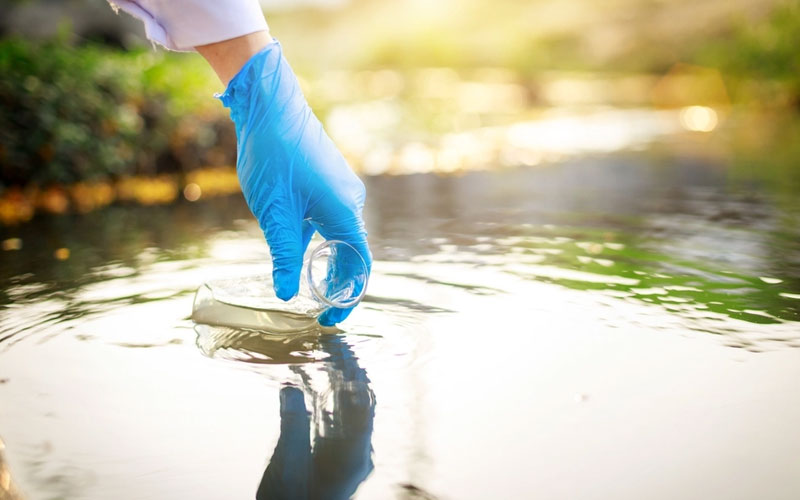Table of Contents
Many men and women go into military service to gain an education and offer assistance to their country. One of the places where military personnel in the Marines branch of service might have gone from the period ranging from the 1950s to the 1980s included Camp Lejeune, located in Jacksonville, North Carolina. Unbeknownst to the men, women and children living on the military base, the military personnel living there used polluted water from the water supply on the base, which led to individuals becoming sick from a host of significant diseases. Understanding three facts about what occurred at Camp Lejeune can help those suffering from exposure to those toxins find the relief they seek.
1. Camp Lejeune Tainted Water
Camp Lejeune employees and visitors may benefit from Camp Lejeune information concerning exposure to tainted water on the military base from the 1950s to the 1980s. After Grainger Laboratories’ 1982 investigation of the situation, the lab determined that residents’ exposure levels to toxic chemicals in the groundwater at Camp Lejeune were much higher than those advised by safety standards. Although notified several times about the problem, Marine officials did not act promptly to fix the issue. Because those at Camp Lejeune drank this water and bathed in it, many of the residents, in later years, suffered the onset of diseases, such as various cancers, Parkinson’s Disease and many fertility issues.
2. Camp Lejeune Superfund Site
The Environmental Protection Agency, known as the EPA, assumes responsibility for the cleanup of toxic environments with funding provided by the Superfund, known as the Comprehensive Environmental Response, Compensation and Liability Act, passed by Congress in 1980. When the EPA can determine who caused the environmental hazard, they can force the parties responsible for the environmental damage to clean it themselves or to pay for the EPA to clean it up on their behalf. Camp Lejeune was named a Superfund site; thus, the U.S. Navy began cleaning up the groundwater toxins on the base.
3. Camp Lejeune Justice Act
In response to the large group of people, reported to number one million, affected by the toxic water exposure at Camp Lejeune, Congress passed the Camp Lejeune Justice Act, which is part of the PACT Act. Beneficiaries of the Act include people who worked on-site at Camp Lejeune, civilian family members of veterans and veterans who also worked on the base. In addition, the Act helps provide financial relief for those who previously suffered from their exposure to unsafe water, resulting in significant and harmful medical conditions.
When people enter the military services, they understand that they may experience challenging training experiences. In addition, military personnel often bring their families to live with them on base, allowing them to keep their families together while they work. However, this same group of people also expect their living conditions while they work will not harm their health. Unfortunately, military officials breached their employees’ trust by covering up critical information concerning their exposure to unhealthy levels of toxic chemicals in the Camp Lejeune water supply. However, with the knowledge and resources now available, those who suffered harm due to exposure may seek financial relief.




